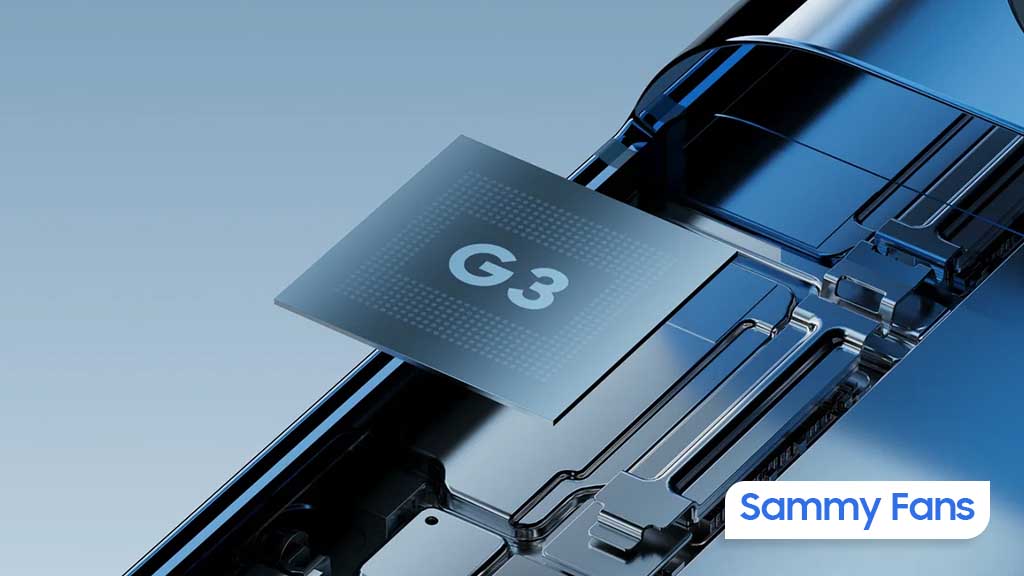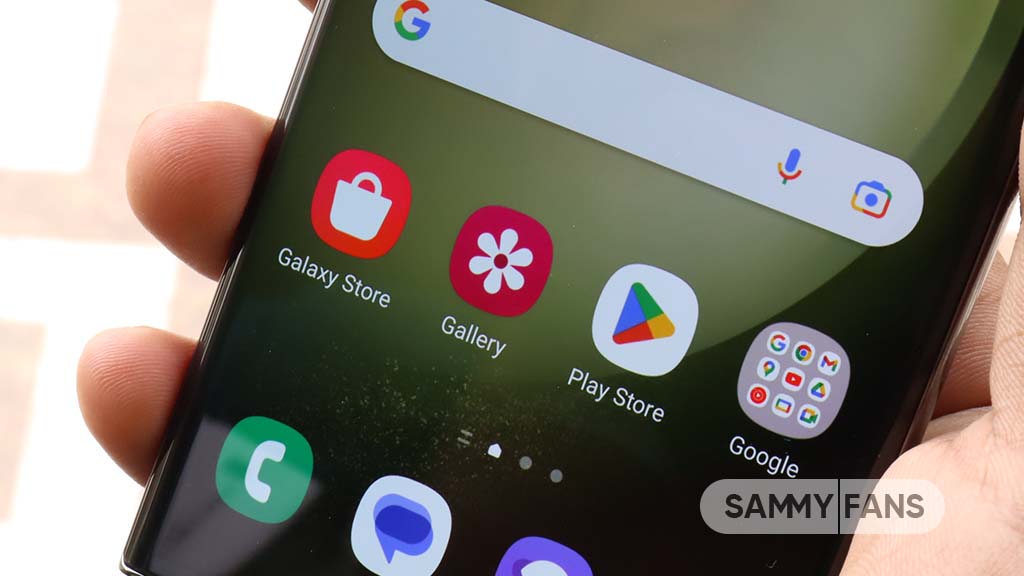News
Samsung deploys Korea’s first 5G SA and NSA common core network along with Korean Telecom

Samsung recently announced that it has successfully installed South Korea’s first 5G standalone (SA) and Non-standalone (NSA) network along with Korean Telecom.
KT will launch its standalone network when the 5G SA-capable devices become available in the market. Samsung’s common core will run in KT’s Mobile Edge Computing (MEC) telecom centers across eight major Korean cities, building on collaboration towards the full commercialization of 5G SA networks in Korea.
Read More: Samsung could sell Exynos processors to Chinese smartphone including Xiaomi, Vivo and more
Both of these Korean giants have been collaborating since the development stage to deliver key 5G SA technologies on KT’s NSA infrastructure, which incorporates Samsung’s Control and User Plane Separation (CUPS) solution, edge traffic steering, and network slicing capabilities.
“By implementing CUPS since the initial phase of 5G commercialization, we have a competitive advantage in the market. With this advantage, we are able to rapidly and easily deploy 5G SA and NSA common core in our MEC centers without additional core networks,” said Young-soo Seo, Senior Vice President and Head of Network Research Technology Unit at KT Corporation. “Having already achieved a number of milestones with Samsung, we are excited to collaborate again as we prepare for the launch of 5G SA networks in Korea. KT is proud to deliver innovative services to our users and to continue building a foundation for the 5G evolution and beyond.”
Samsung’s 5G common core can support 5G SA and NSA as well as 4G simultaneously, facilitating smooth evolution to 5G SA. This fully-integrated common core simplifies data packet flows, enabling users to experience stable, high-quality mobile services. Enterprises can also selectively adopt either SA and/or NSA networks to easily scale their business-specific services.
Furthermore, The 5G Stand Alone architecture does not rely on the existing 4G infrastructure and therefore, offers low-latency services and helps save mobile battery consumption for consumers.

News
Google Pixel 10 to pack 3nm Tensor from TSMC, Samsung ousted

Google may opt for 3nm TSMC for the development of Pixel 10’s Tensor G5. Starting the first Tensor, Samsung has been manufacturing Google’s custom processors. However, the Foundry partnership would mark a halt (or an end) with the launch of Pixel 9’s Tensor G4.
According to CTEE, Google Pixel 9’s 3nm Tensor G5 has already been ordered to TSMC. However, the upcoming Tensor G4 is being fabricated on Samsung Foundry’s 4nm process. As the chip is ordered, Google may have finalized the design of the Tensor G5.
Samsung Foundry is facing yield issues with its 3nm process technology. It was reported that the 3nm yield is just 20%, which is not adequate for greenlit mass production. It is also harming Samsung’s Exynos plans, with Galaxy S25 reportedly using MediaTek’s SoC.
Thanks to the 3nm process, Google’s future flagships will offer massive performance and power efficiency improvements. Meanwhile, time will tell whether the Pixel maker has chosen TSMC’s N3E (second-generation 3nm) or N3P (third-generation 3nm) process.
Qualcomm has already switched to TSMC due to overheating and performance issues in Snapdragon chips. Not only mobile chipmakers, but big giants like Nvidia, have also ditched Samsung. This would further widen the gap between TSMC and Samsung Foundry.
News
July 2024 Android System update improves Play Store threat analysis

Google detailed its July 2024 Android System Update. The release isn’t out for Android devices, but details suggest improvements for Google Play Store’s full threat analysis feature.
According to the info, July 2024 Android System Update will let users send new apps for full threat analysis. Android’s install-time protection is powered by Google Play Protect, which is getting improved with the July release.
The change will be applied with Google Play Store v41.7, which apparently released yesterday. Compatible smartphones may start getting the updated Play Store version through the background installation method shortly.
Google Play Store v41.7 (2024-07-01)
- [Phone] Google Play Protect install-time protection now allows users to send new apps for full threat analysis.
Android smartphones often receive Play System updates from Google. These releases usually get installed when you restart your handset or update the Play Store. Google brings bug fixes and functional improvements for Android.
These updates make your Android phones even more secure and reliable and give you new and useful features. Over the last few months, Google has been offering new Google Play Store updates every week, providing:
- New Features to help you discover the Apps & Games you love.
- Optimizations allowing faster and more reliable download and installation.
- Continuous improvements to Play Protect to keep your device safe.
- Various performance optimizations, bug fixes and improvements to security, stability and accessibility.
News
iPhone 16 to get Samsung’s M14 OLED, Galaxy S24 sticks with M13

iPhone 16 would have an edge over Samsung’s Galaxy S24 Ultra in display tech. A Korean media outlet reports that Samsung is slated to supply its latest M14 OLED for Google’s Pixel 9 and Apple’s iPhone 16 Pro. Both companies will utilize the advanced screens in their upcoming flagships.
Samsung apparently used M13 OLED in its Galaxy S24 series this year. However, the upgraded M14 panels will be brighter and more power-efficient than the current products. With advanced M14 OLED, Apple’s iPhone 16 Pro and Google’s Pixel 9 would outshine the S24 Ultra.
Google will introduce the Pixel 9 series in August this year. Samsung will hold its next Unpacked event in July to unveil new foldable phones. Apple, on the other hand, is expected to introduce the iPhone 16 series in its usual timeframe – September.
Samsung’s foldable phones may not feature the M14 screens. OLEDs supplied by Samsung Display are evaluated by their material set rating. The higher the material set, the higher brightness the panel will bring and offer enhanced power efficiency.
Last year’s Google flagships debuted the M13 OLED display, followed by the Galaxy S24 series. The Pixel 8 and Pixel 8 Pro introduce Actua and Super Actua display tech. It offered higher brightness and power efficiency over previous Pixel smartphones.
Apple is the biggest client of Samsung Display. The company has been in discussion with the Korean display maker for its upcoming iPhone models. It recently approved the panel prototypes supplied by Samsung, which entered mass production last month.
Following this display upgrade, Samsung Mobile may also utilize it in the next year’s Galaxy S flagships. Previous rumors also claimed that the company would bring advanced display to Ultra and Plus variants. However, further details are yet to be known.












